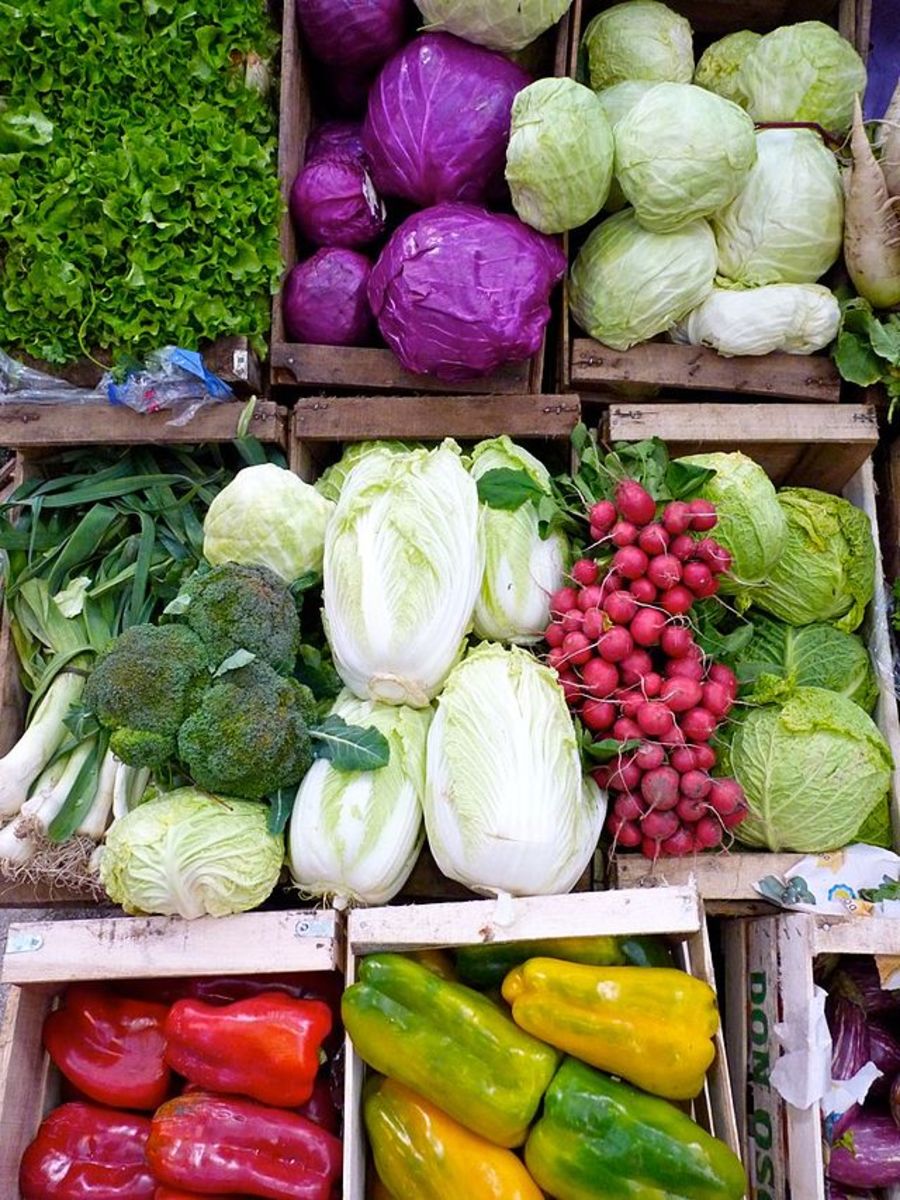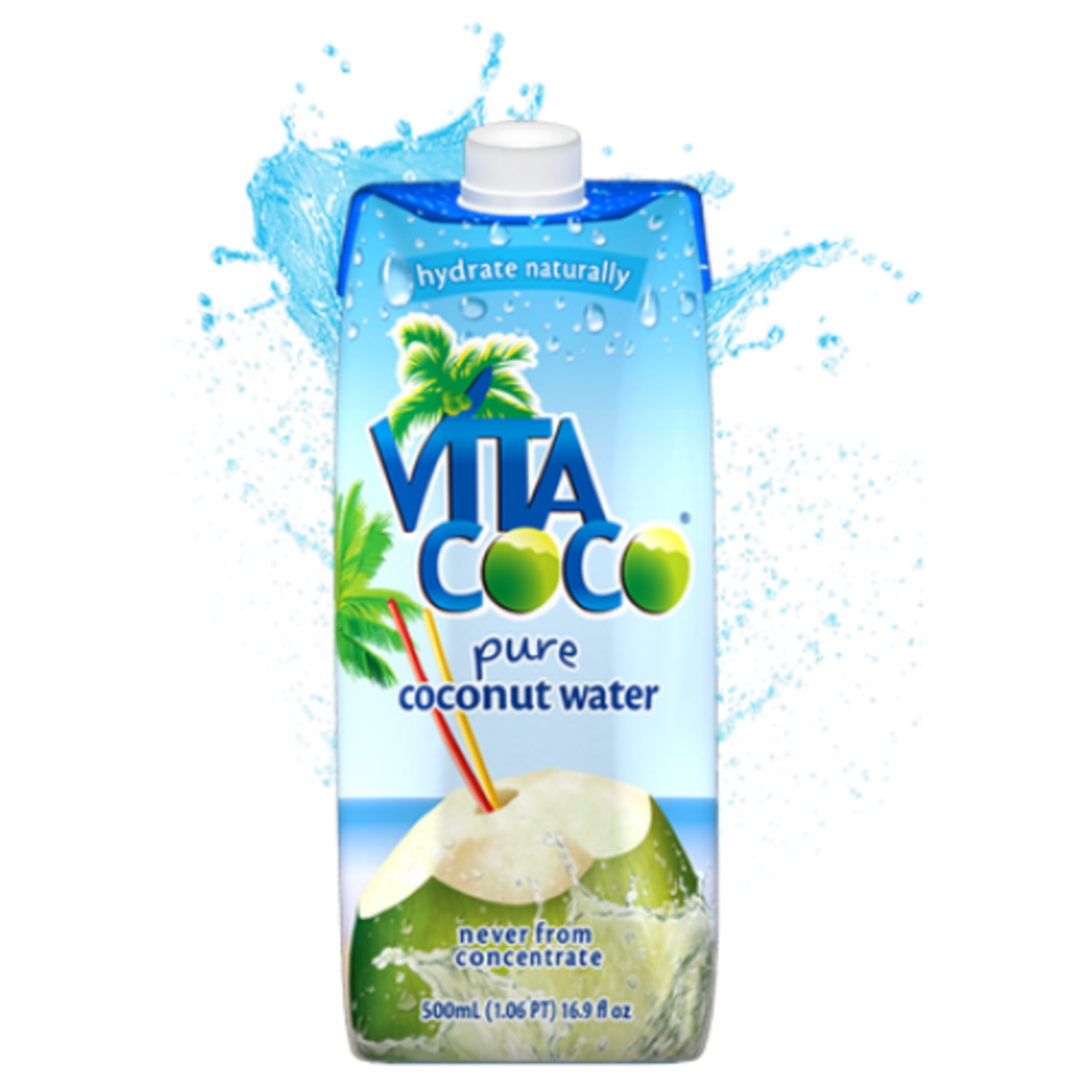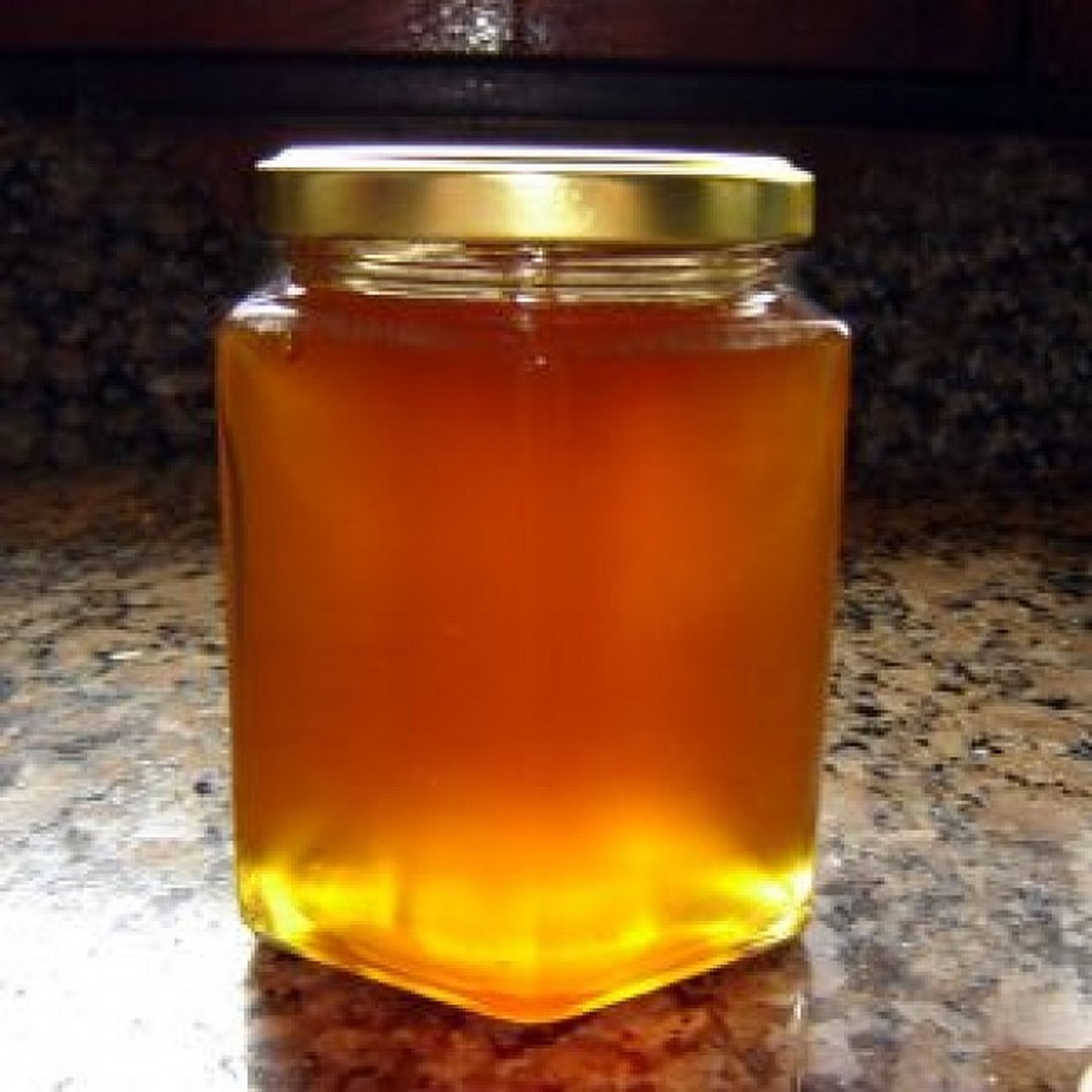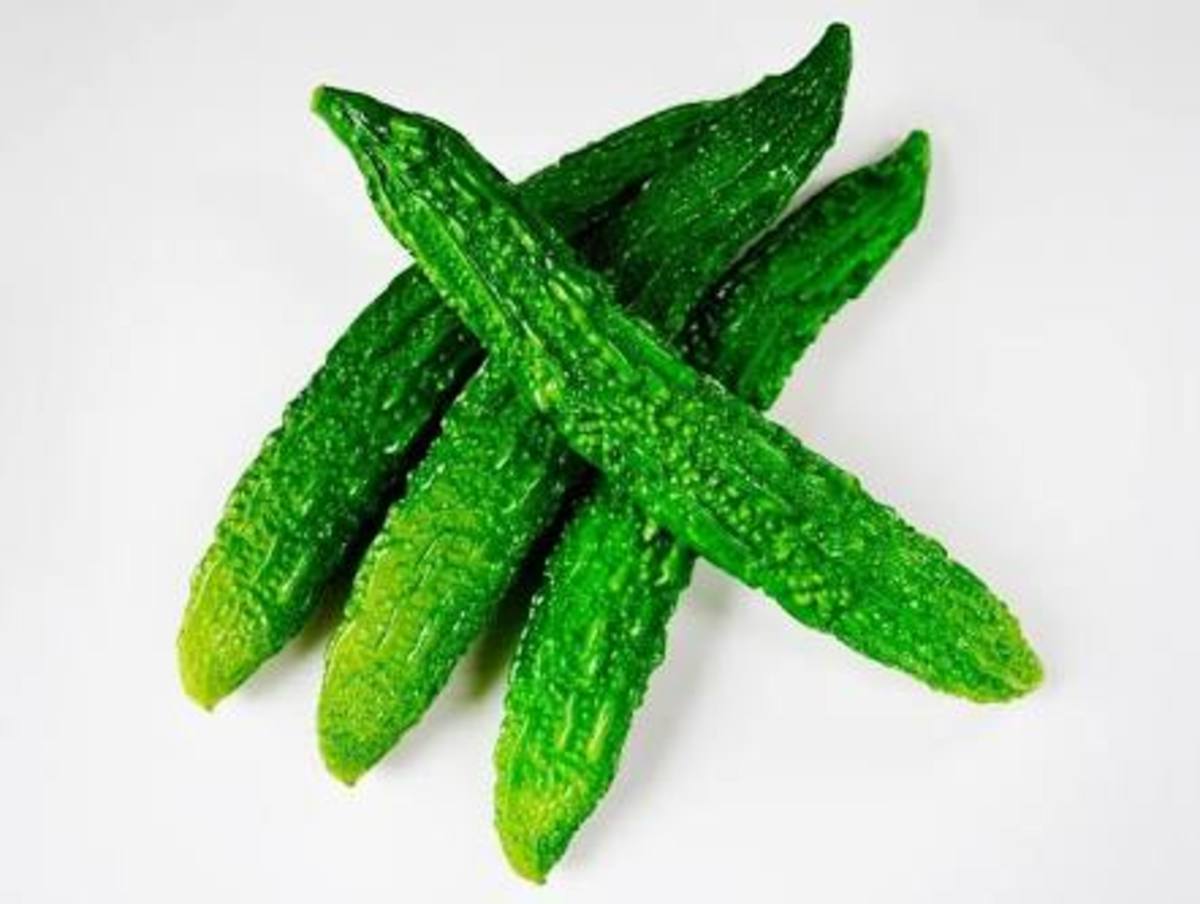Sports Nutrition and a Plant Based Diet
Sport is a very competitive area of many people’s lives and in recent years sports nutrition has become more well-known. There are many people offering advice on sports nutrition or selling products that they claim will help athletes to reach their goals. Over times science, personal observation and studies are showing what foods and eating habits are of greatest benefits to those who engage in competitive sports and has led to more consistent advice that also allows for each person’s individuality and personal needs.
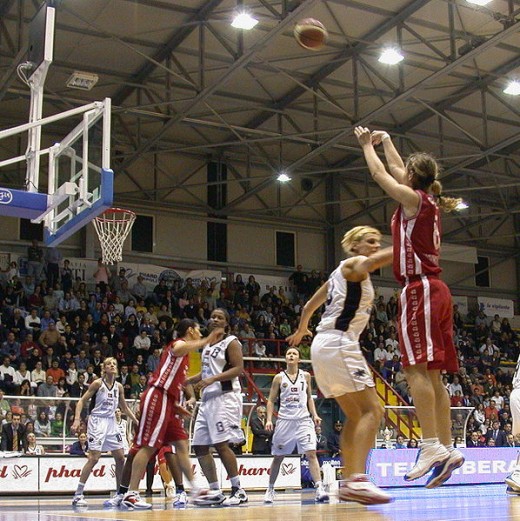
Sports nutrition begins with the same basis rules of healthy eating that apply to everyone whether they take part in sports or not. From this basis the individual’s diet can be built on to suit their personal lives, activity and goals. At times this principle is not applied and a sports person maybe more concerned with their sporting performance than with their overall health and well-being. This can lead not only to poor idea choices but to the use of potentially damaging drugs and supplements that are designed to boost a person’s performance. One example of this is when someone eats a very high protein diet. Although on the surface these kinds of diets seem to idea they can be harmful and may lead to problems such as kidney stones and osteoporosis. A high protein diet is also known to accelerate the aging process. Performance boosting drugs can have many unwanted side effects even if they do work for the intended purpose which includes: heart, liver and skin problems, aggression and an increased risk of cancer. In time the idea that these sorts of approaches to sports nutrition are acceptable and good are passed from one person to another and become the accepted norm, even though some people who follow them may not be fully aware of the potential damage they could be causing themselves or that there is no need to take these risks or compromises in order to achieve optimum nutrition suited to sporting activities.
Are you a athlete following a plant based diet?
It has long been considered true that to obtain maximum performance athletes needed to eat a diet rich in meat and animal products. It is thought that this belief can be traced back to a Greek athlete of the 6th century BC, known as Milo. He was reported to have eaten up to 10kg of meat a day. Modern science and individuals have proven that consuming meat is not necessary to be able to reach the top spots in the sporting world. The former track and field athlete Carl Lewis adopted a vegan diet and believes that it can help athletes to achieve their full potential. Among Carl’s many sporting achievements he won nine Olympic gold medals and eight gold World Championship medals. As is often the case with long held beliefs and attitudes towards alternative diet and lifestyle choices there will be people who refuse to take on board any newer findings and information and may express negative views towards a meat free or even reduced meat diet and criticise you for thinking it will be good for your health and performance. However many other sports people have given up eating meat and have excelled in their chosen field over a wide range of sporting areas; these include body builders, strong men, marathon runners, rowers, cyclists, basketball players, tennis players and triathletes further proving that meat is not needed in order to participate in sports well.
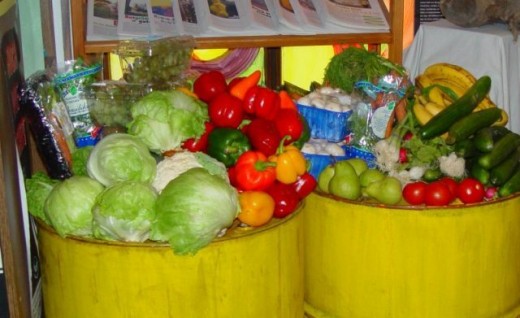
An Athletes Needs and Plant Based Foods
The basic needs of anyone following a vegan or vegetarian diet are the same whether they are engaged in sports or not. These basic guidelines should be followed and then additions be made to compensate for the extra activity. The main difference is in the amount of calories someone will need to help them perform well and maintain a healthy weight and body. For example someone who takes part in endurance sports such as running, cycling or swimming over long distances may need to increase their calorie intake to between 4000 and 6500, while a person who engages in less demanding activities may find 3000-3500 calories sufficient for their needs. One way to keep an eye on whether or not calorie intake is correct is to monitor body fat levels. If body fat increases rather than lean muscle then too many calories are being consumed. Body fat levels can be measured using various computerised devices such as specialist scales. Adequate complex carbohydrate consumption is important for athletes of all types to ensure there is plenty of energy to expend during their chosen sport. For some sportsmen and women such as body builders a little more protein than recommended as standard can be added to the diet to help maximise muscle growth. Plant based foods that are ideal for supporting good muscle growth while following a vegan or vegetarian diet include:
- Beans
- Soya milk
- Grains, particularly quinoa, millet, barley, wheat, teff and amaranth
- Nuts
- Seeds
- Spinach
- Kale
- Asparagus
- Legumes
- Whole wheat pasta
Water
Water should be considered as the most important substance that can be consumed. People have survived for weeks without eating but are able to only live for a few days without water. Lose of water can dehydrate the body quickly and even slight dehydration can have physiological consequences so it is important to replace water at the same rate that it is being lost. With some sports and other physical activities this is easier than others. While working out in a gym it is easy to keep a bottle of water to hand and take short drinks in between and during times of working out, cyclists have the advantage of being able to carry water on their bikes using specially designed holders but for someone who is running or swimming taking regular drinks can present more of a challenge. Small sips taken at short intervals are more effective than taking larger drinks only once or twice during active times. Very cold or ice water should be avoided as there is a risk of shocking the body while it is warm from working hard. Warm water is less likely to quench thirst and can lead to a person drinking more water than is ideal at once in an attempt to feel their thirst has been satisfied. Cool water is the most suitable and can be kept it the fridge until a short time before needed so that it loses the chill before it is needed to be consumed.
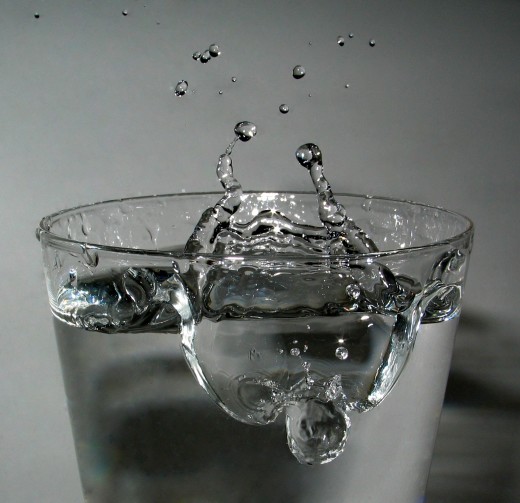
Foods to Avoid and When
Although healthy and nutritious there are some foods that are better avoided before training sessions or competitions. High fibre and gas forming foods are best avoided as they can cause the athlete to feel full and heavy and cause discomfort and unwanted bulk. In these circumstances foods to avoid include:
- Raw vegetables
- Beans
- Grains
- Nuts and seeds
- Cabbage
- Onions
- Turnips
- Cauliflower
Foods that are more suited to the time before sports are those that are lighter on the stomach and even these are best eaten in small amounts. Cooked vegetables, bananas, fruit juices, soya milk, cheese and free range eggs are all good examples of these kinds of foods.
Eating Patterns
Although the standard recommended three meals a day are fine for most people, grazing on small meals and snacks throughout the day helps to maintain and more sustained level of nutrients in the body and will also keep blood sugar and energy levels stable. Portion sizes are very dependent on the individual and their calorie needs but the idea is not to eat more food but to spread the food throughout the day rather than it all being consumed in three larger sittings.
One example of a suitable plant based eating plan would be as follows:
Breakfast
1. Glass of boiled water and a large bowl of sugar free muesli
Or
2. Porridge with soya milk and banana on wholemeal toast
Mid-Morning
1. Banana or apple
Or
2. Wholemeal pasta salad
Lunch
1. Jacket potato and mixed salad
Or
2. Steamed vegetables and potatoes
Or
3. Vegetable curry with brown rice
Mid Afternoon
1. Peanut butter and sprouted grains with wholemeal bread
Or
2. Scrambled tofu on toast
Evening meal
1. Lentil soup
Or
2. Vegetable soup with salad and steamed potatoes
Or
3. Chickpea salad
Or
4. Bean stew with potatoes or rice
Supper
1. Steamed cauliflower with a low fat sauce
Or
2. Whole-wheat spaghetti on toast
Plenty of fluids such as water, vegetable juices, herbal teas and diluted fruit juices should also be drunk throughout the day. Tea, coffee and other caffeine containing drinks are best avoided or kept to a minimum. If the person is not effected negatively by doing so a light supper can be eaten before bed as this helps to prevent a dip in blood sugar and nutrients during the long break from food overnight.
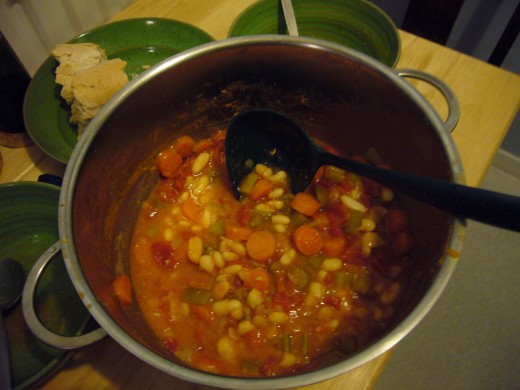
Supplementation
While following a well-balanced diet supplementation shouldn’t be necessary but if included in the diet with a realistic and sensible outlook supplementation can be a helpful addition, especially in times of extra need. Times of hard training will cause the body to use up nutrients faster and supplementation can be easier and more realistic than having to eat an increased amount of foods in these times. A broad spectrum multi-vitamin/mineral supplement is a useful addition to the daily regiment and protein powders are available produced from soya or peas and other vegetables.
It is also possible to create your own protein and sports drinks at home. A simple drink designed to replace salts and carbohydrates lost during sports can be made by soaking dried fruit in freshly boiled water at a ratio of 25% fruit to 75% water. This is left for twenty minutes before being strained. The fruit can be used again but will be less effective than fruit only used once.
A suitable protein drink can be made by combining the following ingredients in a blender and blending until smooth:
- Glass of soya or skimmed milk
- Tablespoon of brewer’s yeast powder
- 1/3 cup ground nuts
- Teaspoon of yeast spread
The drink is best refrigerated until needed and other ingredients such as sprouts can be added if desired.
© 2014 Claire


